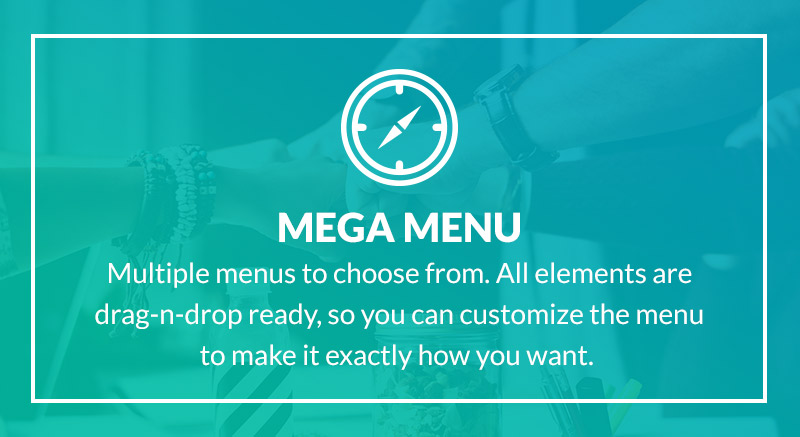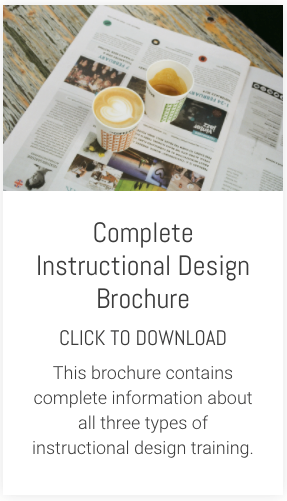It's a while ago now since most bank transfers (finally) started happening via the faster payments system. We've all got used to the benefit of having money arrive quickly and efficiently into our accounts.
At the time, the banks were boasting about this great leap forward. However, I had a wry smile on my face. That's because when I worked in Sweden for a couple of years at the start of my working life, instant transfers (and instant cheque clearing) was the norm.
At the time I was amazed. Not only by the advanced technology, but by the fact that a supposedly advanced economy like Britain had no such system. Whenever I mentioned this amazing Swedish system to anyone back in Britain they used to furrow their brows and give me a strange look. I'm sure most people thought I was making it up.
You have quite likely had the experience of going abroad on business or for a holiday and coming across a system, process product, gadget or some way of doing things that is so simple and appealing that you can't understand why the whole world doesn't adopt it.
And yet the whole world doesn't. Or if it does it takes forever to catch up - many years in the case of instant bank transfers.
It always leaves me wondering why. Numerous factors surely come into play: ignorance, apathy, vested interests, aversion to change or the risk involved with change. These reasons are not why I'm writing this today.
To me, the important point is this. There is almost always a better way of doing things than the accepted conventional wisdom. This is true in most aspects of life - including the world of learning and development.
Sometimes it's something as simple as taking a step back and tweaking things a bit. Other times it's seeking out the ignored genius idea that most of the world genuinely doesn't know about but when finally discovered and implemented makes a phenomenal impact.
In the world of learning and development, how much of what we do could be done better? How much of our thinking is still based on outdated theories of learning and knowledge acquisition? How often do we really seek out a radical alternative when the old ways of thinking are clearly no longer working?
Not often enough, I fear. It's all too easy to keep on keeping on and too often the sheer burden of managing the day job stops us from taking a vital step back and finding time to seek out the alternative approaches. But make that time, we really should.







